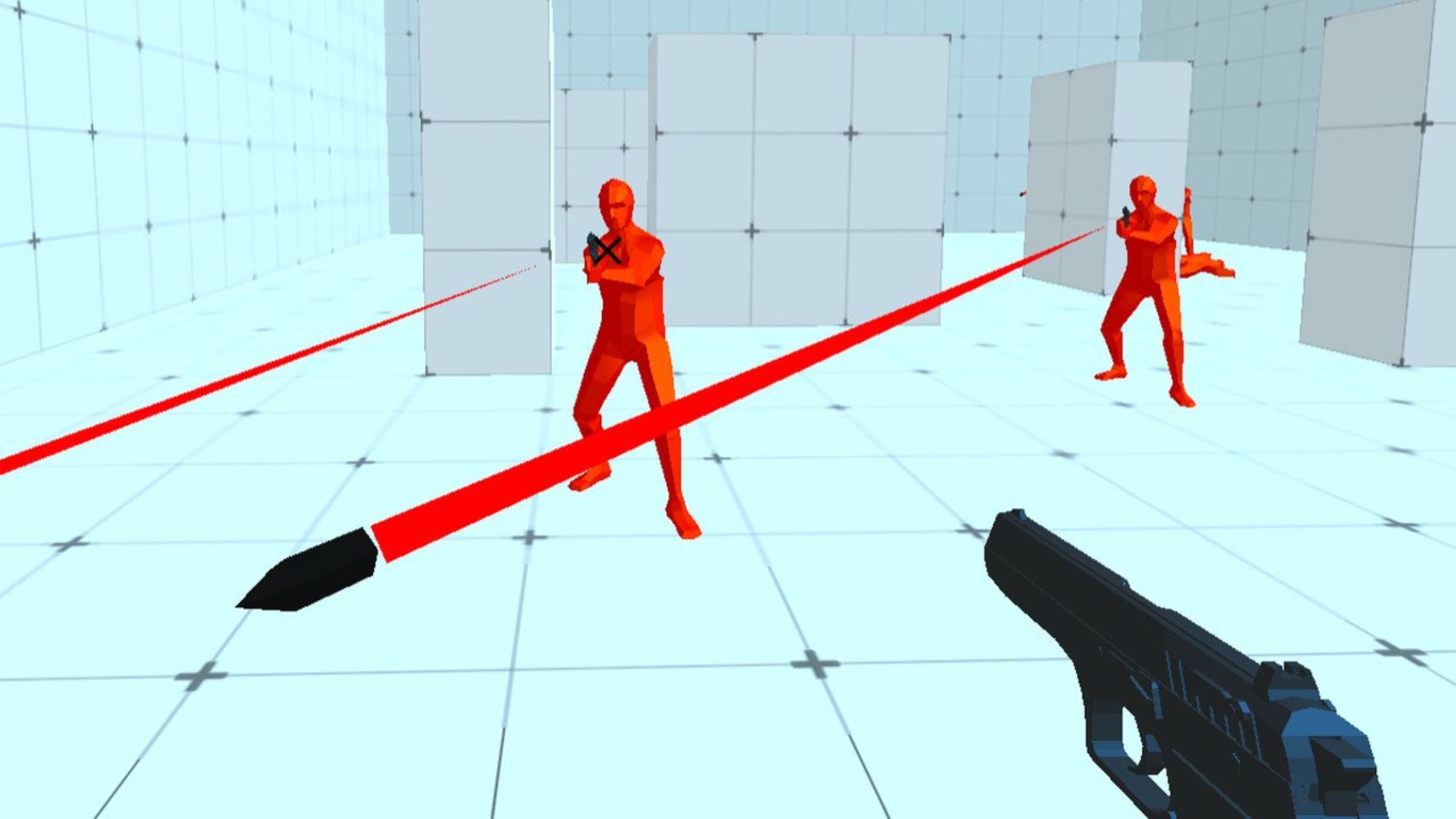
Time Shooter Games: Blending Speed and Precision in Video Gaming
In the realm of video games, a unique and thrilling genre has emerged that tests players’ reflexes, strategy, and precision: the time shooter. Also known as time attack shooters, these games present a distinct challenge where the objective is not solely to defeat enemies or progress through levels, but to do so as swiftly as possible. Every second counts as players race against time, their own personal bests, and the records set by other gamers.
Table of Contents
Introduction to Time Shooters
Time shooters are a niche within the broader shooter genre, which is known for its intense action and fast-paced gameplay. In a typical shooter game, players take on the role of a character armed with various weapons, tasked with eliminating enemies, navigating obstacles, and completing objectives. What sets time shooters apart is their emphasis on speed and the introduction of time-based challenges.
The core mechanic of a time shooter revolves around the player’s ability to clear levels, waves, or stages within a set time limit or in the shortest time possible. Every action, from aiming and shooting to dodging and strategizing, must be executed with efficiency and precision. The quicker a player completes a level, the higher their score or ranking. This introduces a competitive element, not just against the game’s challenges but also against other players’ recorded times.
History and Evolution of the Genre
While the shooter genre has a long and rich history in video games, the time shooter subgenre has carved its own path, evolving and captivating players with its unique blend of speed and action.
Early Beginnings
The roots of time shooters can be traced back to early arcade games of the 1980s and 1990s, where high scores and short play sessions were the norm. Games like “Space Invaders” and “Galaga” laid the foundation for the shooter genre, with players aiming to clear waves of enemies as quickly as possible to earn extra lives and bonus points.
Evolution in the 1990s and 2000s
As home consoles gained popularity, time-based challenges became more prominent in shooter games. The “Contra” series, for example, introduced time attack modes where players could replay levels to beat their previous completion times. Games like “Doom” and “Quake” also featured speedrunning, where players raced through levels as fast as they could, often with self-imposed challenges or restrictions.
Modern Innovations
In the modern era, time shooters have evolved to incorporate innovative mechanics and storytelling. One groundbreaking example is the “Superhot” series, where time only moves forward when the player moves. This unique twist on the shooter genre encourages strategic thinking and precise actions, as players must plan their moves to efficiently dispatch enemies and progress.
Another modern take on the time shooter is seen in games like “Titanfall” and “Apex Legends,” which introduce mobility mechanics such as wall-running and sliding, adding a new dimension to the speed and agility of the player character. These games showcase how the genre continues to evolve, blending fast-paced action with dynamic movement and innovative gameplay elements.
Key Characteristics of Time Shooters
Time shooters exhibit several defining characteristics that set them apart from other shooter subgenres:
- Time-Based Challenges: At the heart of every time shooter is the emphasis on completing levels, waves, or objectives within a set time limit or in the shortest time possible. This introduces a sense of urgency and encourages players to optimize their strategies and reflexes.
- Precision and Accuracy: In time shooters, every shot counts. Players must possess precise aiming and shooting skills to eliminate enemies efficiently. Wasted shots or missed opportunities can cost precious seconds, impacting their overall completion time.
- Route Optimization: Mastering the layout of levels and understanding enemy patterns is crucial in time shooters. Players often replay levels multiple times to discover the most efficient paths, minimizing unnecessary movements and maximizing their speed.
- Reflexes and Quick Reactions: Time shooters demand quick reflexes and the ability to make split-second decisions. Enemies, obstacles, and hazards may appear suddenly, requiring players to react instantly to avoid taking damage or losing valuable time.
- Competitive Scoring: High scores and leaderboards are integral to the appeal of time shooters. Players strive to beat their personal bests and compete against the recorded times of other gamers, fostering a sense of competition and community.
Popular Examples of Time Shooters
The time shooter genre boasts a diverse array of titles that showcase its versatility and appeal:
- Superhot: This groundbreaking series revolutionizes the shooter genre with its unique time-bending mechanic. When players stand still, time freezes, allowing them to strategize their next move. The game encourages quick thinking and efficient actions, as every movement advances the flow of time.
- Time Crisis: Namco’s iconic arcade shooter series introduced the foot pedal mechanic, allowing players to take cover and reload their weapons. With intense action and a focus on quick reactions, “Time Crisis” remains a staple of the time shooter genre.
- Bullet Time Games: Titles like “Max Payne” and “F.E.A.R.” popularized the use of bullet time or slow-motion mechanics in shooters. While not strictly time shooters, these games emphasize the importance of timing and precision, allowing players to plan their attacks strategically.
- Geometry Wars: This twin-stick shooter series often includes time attack modes, challenging players to survive for a set period while racking up high scores by destroying waves of enemies.
- Halo: The iconic “Halo” series features time-based challenges in the form of speedrunning and scoring modes. Players can compete to complete levels as quickly as possible or aim for high scores by eliminating enemies efficiently.
- Call of Duty: Zombies: The popular “Zombies” mode in the “Call of Duty” franchise tasks players with surviving endless waves of zombies. The mode often includes time-based challenges, such as limited-time power-ups or bonus rounds, encouraging players to strategize and act swiftly.
Strategies for Success in Time Shooters
For players seeking to master the art of time shooters, several key strategies can help improve their performance and completion times:
- Practice and Muscle Memory: Repetition is key in time shooters. Replaying levels and waves helps players memorize enemy patterns, optimize their routes, and develop muscle memory for quick and precise actions.
- Reflex Training: Developing quick reflexes is essential. Players can train their reflexes through reaction-based minigames or by focusing on improving their response time to sudden threats or obstacles.
- Weapon and Power-Up Familiarity: Understanding the strengths and weaknesses of different weapons and power-ups is crucial. Knowing which weapon to use in specific situations can make the difference between a swift victory and a time-consuming defeat.
- Risk Assessment: In time shooters, every decision matters. Players must assess risks and rewards, knowing when to take on a challenging enemy or obstacle and when to avoid unnecessary confrontations to save time.
- Master Movement Mechanics: Many time shooters feature advanced movement mechanics such as dodging, sliding, or wall-running. Mastering these movements allows players to navigate levels more efficiently and gain precious seconds.
Conclusion
Time shooters represent a thrilling and challenging niche within the shooter genre, blending intense action with the pressure of time-based challenges. The genre continues to evolve, captivating players with its unique blend of speed, precision, and strategy. Whether it’s the innovative mechanics of “Superhot,” the classic arcade action of “Time Crisis,” or the endless replayability of high score chases, time shooters offer a distinct and captivating gaming experience. For those seeking a test of their reflexes, strategy, and skill, time shooters provide an exhilarating and ever-evolving adventure.
August 15, 2024

















